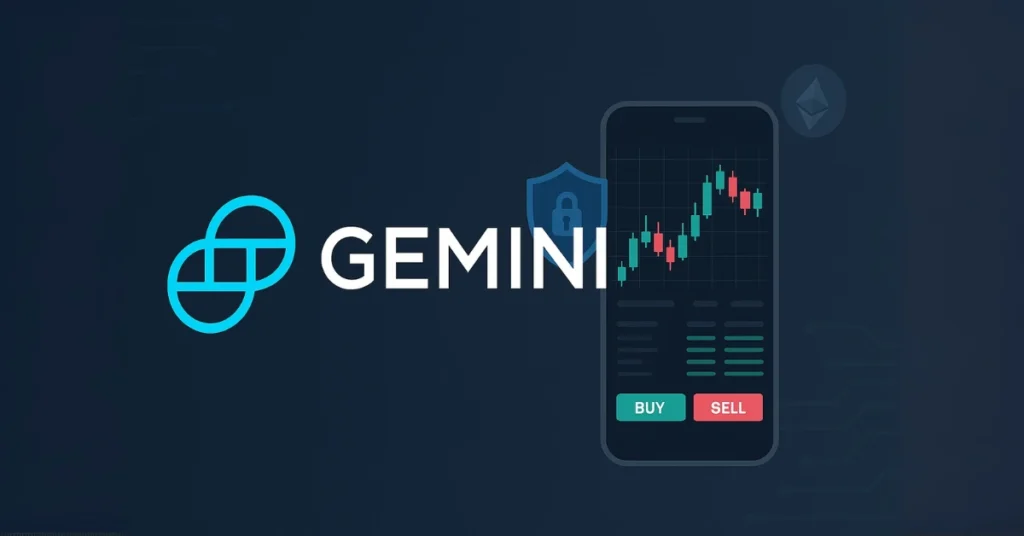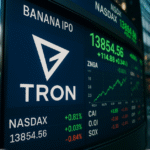Now Reading: Ethereum-Based “Little Pepe” Meme Coin Raises $26 Million in Viral Presale Frenzy
-
01
Ethereum-Based “Little Pepe” Meme Coin Raises $26 Million in Viral Presale Frenzy
Ethereum-Based “Little Pepe” Meme Coin Raises $26 Million in Viral Presale Frenzy

The crypto world’s appetite for memes shows little sign of fading. Ethereum-based Little Pepe meme coin has pulled in roughly $26 million during a whirlwind presale, drawing both excitement and skepticism across trading circles. The rapid fundraising pace hints at speculative energy that has repeatedly defined meme assets, but also revives familiar cautionary tales.
Presale Gains Traction at Breakneck Speed
In just a few weeks, “Little Pepe” managed to attract tens of thousands of contributors worldwide. The token rode on a mix of grassroots social media buzz, Telegram groups, and influencer promotion. Organizers pitched it as a lighter, community-driven spin on the widely recognized Pepe meme.
The presale capped allocations quickly. Early investors described queues and FOMO-driven chatter that at times felt more like a lottery than an orderly offering. “It’s astonishing how quickly it caught fire,” said Arun Mehta, a Singapore-based crypto strategist.
For many small traders, that speed is precisely the draw. For others, it raises alarms.
Analysts See Speculation Outpacing Fundamentals
Several analysts noted that the $26 million haul outpaces the launch totals of some mid-cap DeFi projects with established roadmaps. That mismatch underscores how sentiment, not fundamentals, drives these meme runs.
“Valuations here are detached from product delivery,” warned Marcus Shaw, head of digital assets research at a London brokerage. “At the same time, you can’t deny momentum. Dismissing meme tokens has been costly in prior cycles.”
The contradiction is striking. If a cartoon-themed token can raise more than infrastructure projects, what does that say about risk appetite? Perhaps it signals a market leaning toward entertainment over utility.
Comparison With Past Meme Coin Manias
This surge draws immediate comparisons with Dogecoin’s viral rise in 2021 and the Pepe coin craze of 2023. Both episodes showed how quickly online communities can transform jokes into billion-dollar market caps.
But not all meme tokens hold value once hype fades. A study by CoinDesk found that a majority of smaller meme assets launched in 2021 and 2022 lost over 80% within a year【web source example†CoinDesk】.
“History doesn’t repeat, but it rhymes,” as one trader posted on X. Investors know the upside can be astronomical, yet downside risk is equally swift.
Retail Enthusiasm Meets Institutional Skepticism
Retail traders are driving the current frenzy, often with small, rapid-fire contributions. Social groups share screenshots of wallets and countdowns to listing dates. It is a collective theater that feeds on viral energy.
Institutional desks, meanwhile, remain cautious. One hedge fund analyst described the token as “uninvestable” under compliance screens. Others are watching volumes closely but steering clear until secondary markets mature. The divide is clear: retail sees fun and opportunity, institutions see unquantifiable risk.
Still, a few prop desks hinted they might provide liquidity once exchanges list the coin. That could bring short-term stability, though likely accompanied by wide spreads.
Risks Linger as Presale Turns Toward Listings
With presale completed, attention shifts to exchange listings. Organizers say they are in talks with mid-tier centralized platforms and exploring Uniswap liquidity pools. If that liquidity is thin, prices could swing wildly.
Volatility risk is not hypothetical. Tokens of similar profile have at times fallen more than 60% in their first trading week. Could “Little Pepe” suffer the same fate? Traders are openly debating the odds.
Regulatory overhang is another variable. Meme tokens remain largely unregulated, but authorities have occasionally intervened when marketing claims cross into securities territory. That cloud may prove temporary, or may intensify if losses mount.
Social Media as the Core Engine
Established layer-1 and DeFi projects often publish complex whitepapers and detailed roadmaps. Little Pepe has taken a different approach, offering only minimal plans that focus on community engagement, NFT tie-ins, and potential cross-chain expansion. The real engine is social media.
Reddit threads, Telegram memes, and short-form TikTok videos spread faster than any technical documentation could. In traders’ eyes, that virality is more important than tokenomics. But is community hype enough to sustain $26 million in capital? That remains the open question.
As Bloomberg has noted in prior meme coin cycles, online momentum can overpower fundamentals — until it suddenly fades. The rally could be running out of steam as quickly as it began, or it could evolve into the next meme juggernaut. Timing, more than fundamentals, will decide.
What Comes Next for “Little Pepe”?
The token’s next phase is decisive. If liquidity lands on large exchanges, early buyers may see gains. If listings stall, enthusiasm may cool sharply.
Analysts agree on one thing: this is a momentum play. “Little Pepe is riding the wave of cultural speculation,” Shaw said. “That can be lucrative, but it is also precarious.”
Investors weighing entry may look at previous cycles for guidance. Dogecoin’s long survival contrasts with dozens of vanished meme projects. Choosing between those outcomes is less about charts and more about collective mood.
For readers exploring safer avenues, established trading platforms with clear incentives remain a more stable route. Guides such as this breakdown of leading exchanges provide a grounded comparison for newcomers.
Closing Outlook
The $26 million presale is a reminder that meme-driven speculation has not lost its grip on crypto culture. At least for now, traders still flock to humor-laden tokens in hopes of outsized returns.
Yet every surge carries a shadow. Volatility, thin liquidity, and regulatory questions may quickly test this enthusiasm. Will “Little Pepe” become the next Dogecoin, or just another flash in the pan? Markets will soon render their verdict.
Gemini Trade. Secure Crypto on the Go.
SponsoredLooking for a secure and easy way to manage your crypto? Gemini helps you buy, sell, and store digital assets in just a few taps – no stress, no hassle.
With powerful tools, live market tracking, and insured wallets, Gemini gives you peace of mind while keeping you in control of your portfolio – whether you’re new to crypto or a seasoned trader.
Get started for free and make smarter trades with Gemini today.

















